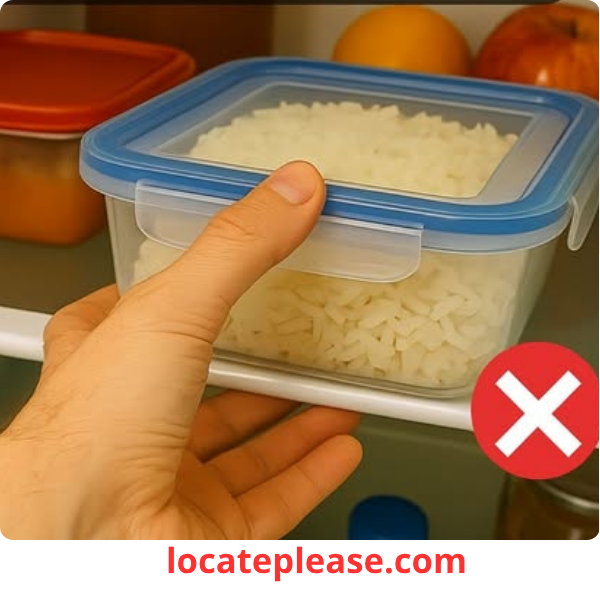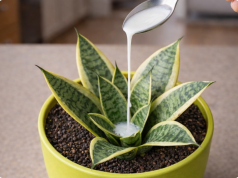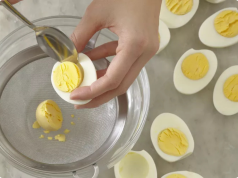Leftover rice is a staple in many households. It’s convenient, versatile, and easy to reheat for a quick meal. But what if that seemingly harmless bowl of rice harbors hidden dangers? While refrigerating leftovers is a common practice, it doesn’t guarantee safety—especially when it comes to rice. A bacteria called Bacillus cereus can survive cooking and thrive in improperly stored rice, turning your leftovers into a potential health hazard. Understanding how to handle and store rice safely is key to avoiding foodborne illness.
The Hidden Danger: Bacillus Cereus
Bacillus cereus is a type of bacteria commonly found in soil and, by extension, raw rice. When rice is cooked, the heat kills most bacteria but not their spores. These hardy spores can survive high temperatures and remain dormant until conditions are right for them to grow. If cooked rice is left out at room temperature or isn’t cooled quickly enough, the spores can multiply and produce toxins that cause food poisoning.
What makes this bacteria particularly dangerous is that its toxins are heat-resistant. Reheating contaminated rice—even to piping hot temperatures—won’t destroy the toxins. This means you could unknowingly consume harmful bacteria even after microwaving your leftovers.
Symptoms of Bacillus Cereus Food Poisoning
Food poisoning caused by Bacillus cereus typically manifests in two ways:
- Emetic form : Symptoms include nausea and vomiting, usually occurring within 1–5 hours after eating contaminated food.
- Diarrheal form : Symptoms like diarrhea and abdominal cramps may develop 6–15 hours after consumption.
While the illness is rarely fatal, it can be severe, especially for vulnerable groups such as children, older adults, and individuals with weakened immune systems. The symptoms are unpleasant and disruptive, making prevention crucial.
Why the Fridge Isn’t Enough
Many people assume that refrigeration eliminates all risks, but that’s not entirely true. While the cold environment slows bacterial growth, it doesn’t stop it completely. Additionally, if rice has already been exposed to unsafe conditions before refrigeration—such as sitting out too long at room temperature—the damage is done. Once bacteria have multiplied and produced toxins, chilling the rice won’t reverse the harm.
Proper handling of rice before it enters the fridge is just as important as how it’s stored afterward.
How to Stay Safe with Leftover Rice
To minimize the risk of Bacillus cereus contamination, follow these guidelines:
- Cool Rice Quickly :
After cooking, don’t let rice sit out at room temperature for more than 1 hour . Spread it out on a tray or shallow container to help it cool faster before refrigerating. - Store Properly :
Use airtight containers to keep rice fresh and prevent cross-contamination. Place the container in the coldest part of the fridge, away from the door where temperatures fluctuate. Avoid leaving rice uncovered, as this exposes it to airborne contaminants. - Don’t Keep It Too Long :
Even when stored properly, cooked rice should be eaten within 1–2 days . Beyond that, toss it out. Remember: when in doubt, throw it out. - Reheat Only Once :
Reheating rice multiple times increases the risk of bacterial growth. Only reheat the portion you plan to eat, and ensure it reaches an internal temperature of at least 165°F (74°C) . - Trust Science, Not Smell :
Just because rice looks and smells fine doesn’t mean it’s safe. The toxins produced by Bacillus cereus are odorless and invisible, so relying solely on sensory cues can be misleading.
A Word About Food Safety Practices
The risks associated with leftover rice highlight the importance of proper food safety practices. Cooking and storing food correctly isn’t just about convenience—it’s about protecting your health. Being mindful of how long food sits out, how quickly it’s cooled, and how it’s stored can make a significant difference in preventing foodborne illnesses.
Final Thoughts
Leftover rice might seem innocuous, but it’s one of the most overlooked food safety risks in the average home. By understanding the dangers posed by Bacillus cereus and taking proactive steps to handle and store rice safely, you can enjoy your leftovers without worry.
So next time you’re about to stash that bowl of rice in the fridge, remember: cool it fast, store it smart, and never take the risk lightly. With a little care and attention, you can turn leftover rice from a potential hazard into a safe and satisfying meal.










